How to Record and Edit Remote Podcasting in a Quarantined World: Making “Hot for Creature”
Remote recording is for now the new normal. The audio industry is adapting in incredible ways and podcasters are finding new ways to adapt.
I have to admit, as a podcaster I was at a bit of an advantage when the pandemic hit. My podcast has been recording remotely for a year now.
Rob Katz and I grew up together in a suburb outside Philadelphia. As we hit our teenage years we became obsessed with horror. When Freddy’s claw burst through that wall, he opened behind him a new world of bad dreams. Horror was a realm of imagination where you were limited only but the scope of your nightmares.
Eventually we did get out of the suburbs, but went to different coasts. Rob went to Los Angeles to pursue filmmaking and I went to New York and became a producer.
Hot for Creature began as a conversation in my dad’s car. Rob and I, both struggling and unemployed before we made our moves, were tossing around ideas of what kind of podcast we could do. We decided on monster movies; the total examination of a monster’s film canon, beginning with werewolves.
We recorded remotely and I was able to use the editing facilities after work while I was producing at CMD Studios. I was working on big name projects with advertising and film clients during the day and editing my scrappy podcast by night.
HFC became bigger than we ever expected, as Blumhouse and Fangoria’s Ryan Turek and Rob Galuzzo met Rob when we were working on “The Howling” episode. The show has been shouted out in Fangoria and lauded by horror fans.
Below are my tips and tricks; the lessons I’ve learned in producing, recording and editing a podcast remotely. Practice may not make perfect, but it does help in a time of crisis.
#1: RECORDING FLOW: IF YOU CAN’T SEE ME, I CAN’T SEE YOU
Set yourself up for success in the edit by how you record.
The first and most important thing is: Make sure you can see the other speakers when you record. Rob and I use the Discord app because it work well for us and is built to handle multiple people in real time.
Visual information is extremely important to work off of. The biggest problem with remote recording is talking over each other due to lag. As you record remotely you need to learn how to signal your fellow podcaster/s when it is their turn to talk. Facial cues will be important. With remote podcasting silence is easier to edit out than doublespeak.
Be patient when you talk. Remember, timing is in the edit not in the recording.
#2: CREATING NORMALCY IN AN ABNORMAL SITUATION
Especially when you’re trying to make a remote conversation sound off the cuff like a normal conversation, an editor creates the feel of the show. Hot for Creature is a very comedy-heavy podcast. Rob and I are jokey people and we both have a patter when we converse. Since we have to consciously slow down and deconstruct that patter when we record, I have to recreate it in the edit.
Something the editor needs to feel out is timing. Whether the podcast is comedy-heavy or not, the conversation is most intriguing when it’s smooth but not airless. I love the sound of a quick conversation, but a joke will never land without a little room tone. Since we record with headphones, I have a ton of room tone to work with every time the other person speaks.
I always recommend doing a sync up for a remote podcast. Rob and I do the traditional “1, 2, 3, CLAP”. But the important thing about a sync is that it is a guideline in the edit- not the be all end all. Use the sync as a tool, but mistrust it. There will always be some lag to any sync. Sometimes I offset it a little, other times I keep it in place and then work around it. But it should never be your northern star.
#3: THE EASY AND THE HARD CHOICES
It’s easy to cut time from your podcast by cutting out silence and misspeaking. However, it is a rookie mistake to cut out too much silence or too many stumbles. You want the conversation to have flow, not to sound stilted or patched together.
The tough choices come when you’re editing tangents or subjects that run on too long and cover similar territory. My rule is generally that if it stays in the podcast it is either on topic or really funny/entertaining. This is what they mean when they say kill your darlings. But don’t cut out everything that makes your podcast special. I usually have to edit out about 20 minutes of audio to make a podcast the right length. So if something is going to make the final cut, it has to earn its place.
The hardest choices are the ones that make more work for yourself. For instance, in our episode on “The Legend of the Werewolf”, Rob made a joke that I should make a Halloween song about putting spiders in someone’s bed. I was left with the decision of whether to spend two hours making the song or just cut the joke. In the end I did the song, and it turned out to be a really funny way to end the episode. Sometimes the hard choice is worth it.
#4: TURNING YOUR LIMITATIONS INTO STRENGTHS
I always say embrace the circumstances you’re under. Due to us doing the podcast remotely and our busy schedules, Rob and I cannot watch the movies for our podcast together. So we will never be able to riff in our podcast the way that a Welcome to the Basement or Mystery Science Theater 3000 does.
But because of this we each bring separate perspectives to every movie, having watched it without the influence of the other. In our “Wolf Man” episode Rob loved the movie and I was more lukewarm about it. We were the opposite on “La Marca Del Hombre Lobo.” But that makes it more special when we watch a movie like “The Company of Wolves” and both love it for our own reasons. Because we each had our own experience, the sharing of that makes it a really energetic and fun episode.
If you have to be isolated and record a podcast, bring your own unique experience to the table. Different perspectives are often what makes a really great episode of a podcast.
#5: WHAT TO SPEND MONEY ON
High-End Microphones: QUALIFIED NO
The qualifier is if you have a ton of money in the budget. But the truth is that many podcasters are still using Snowballs and Yetis. They’re more affordable and don’t require the purchase of a preamp.
For my voiceover work I have a Focusrite Scarlett Solo preamp and an Audio-Technica AT4040 that I use, but my cohost uses a Blue Yeti USB microphone. There is a noticeable quality difference but ultimately with a long form podcast the listener’s ear will adjust quickly. While working on On Second Thought with Trevor Noah I realized that this is the case even with the most high-profile podcasts. It is rare you will have three or four high-end mics of the same audio quality.
Izotope Plugins: YES
iZotope’s plugins are a real life-saver. While as a podcast editor you shouldn’t obsess about every noise, the Voice De-noiser will be extremely helpful, especially when you’re recording at home. If the kids make it into the podcast it’s not the end of the world. But the washing machine? Get that out of there. The Dialogue De-reverb plugin is also helpful when dealing with different sonic spaces.
T-RackS Plugins: YES
Mastering is an important step in podcast production, and you’re doing the listener a disservice if you skip it. IK Multimedia T-RackS to my knowledge is the easiest way to master on your own. If you’re new to mastering, throw on one of T-RackS’ classic presets and tweak from there. This will be much safer than popping your file into an automatic program and letting an algorithm do the work.
Podcast Music: YES
Because of my music background, I do the music for Hot For Creature, and it is a music-heavy podcast. But if music isn’t your thing then absolutely find an independent artist who needs the work. Good music is worth it and musicians want to work with you.
Podcast Promotion: NO
While there are great podcast promoters out there, you will be better served learning to do it yourself. Or if you know someone who is great with social media, use them. Go with someone you trust. I never recommend hiring somebody you don’t know to do your branding.
#6: SUSPENSION OF DISBELIEF
Ultimately, a listener wants to be entertained by a podcast. As sound editors we are trained to obsess over every little detail, but it is important to remember that every listener will have their own experience. Some of my favorite podcasts have audio hiccups. The grassroots nature of podcasting makes me as a listener willing to accept that. Sometimes it’s even endearing. Don’t strive for perfection. Strive to make a good listening experience.
— Dylan Dagenais is a New York-based producer, composer and voice actor. He currently produces the podcast Hot for Creature and previously worked on On Second Thought with Trevor Noah and the film Dark Waters.
Please note: When you buy products through links on this page, we may earn an affiliate commission.









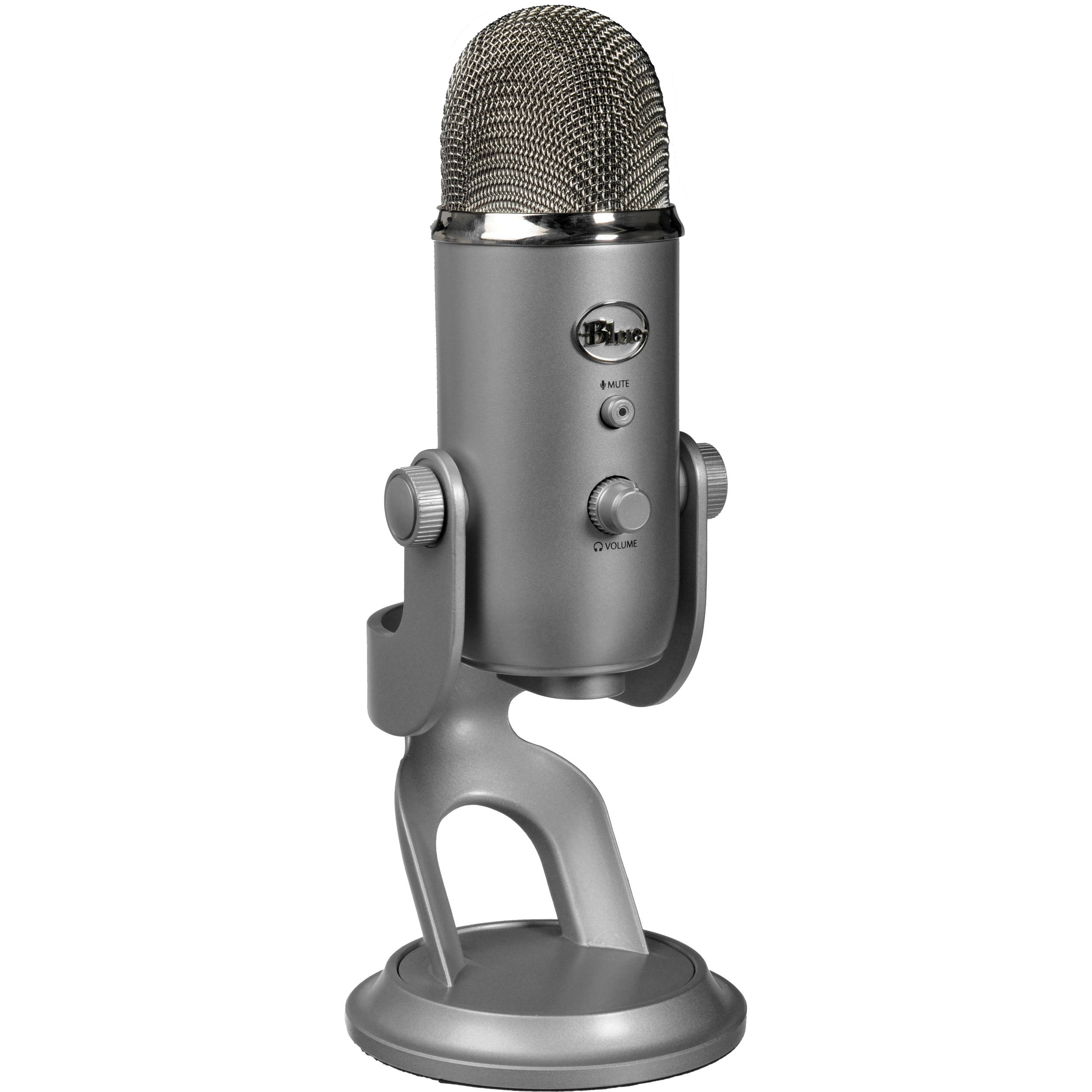
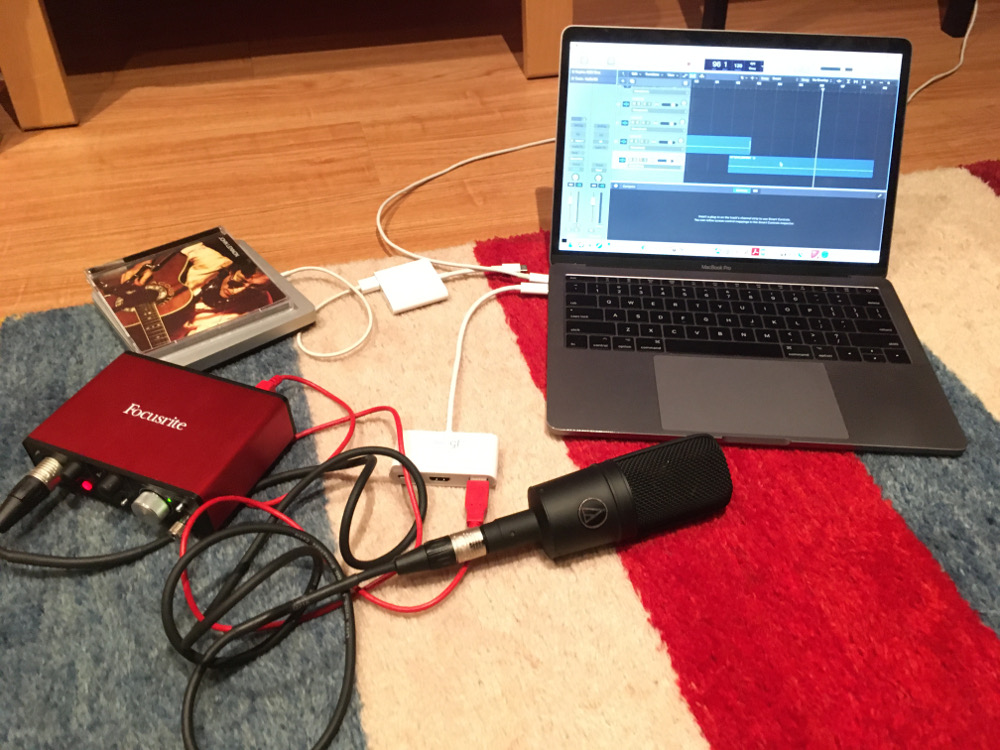
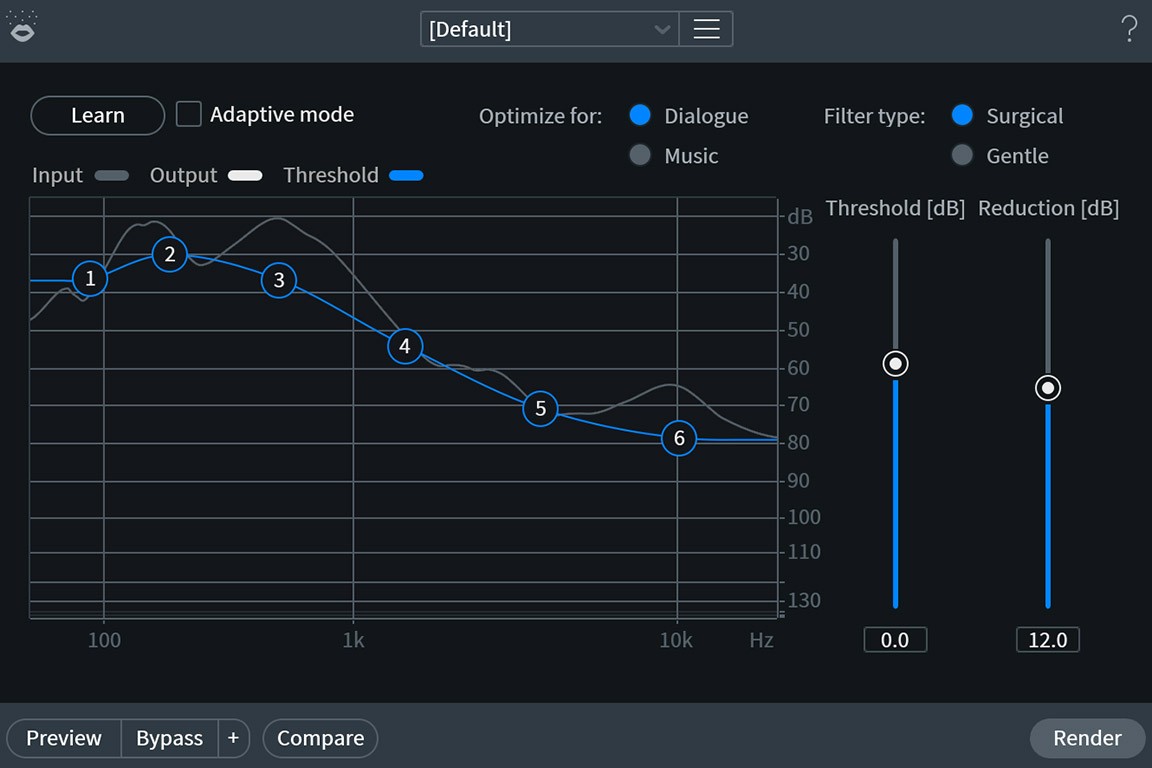
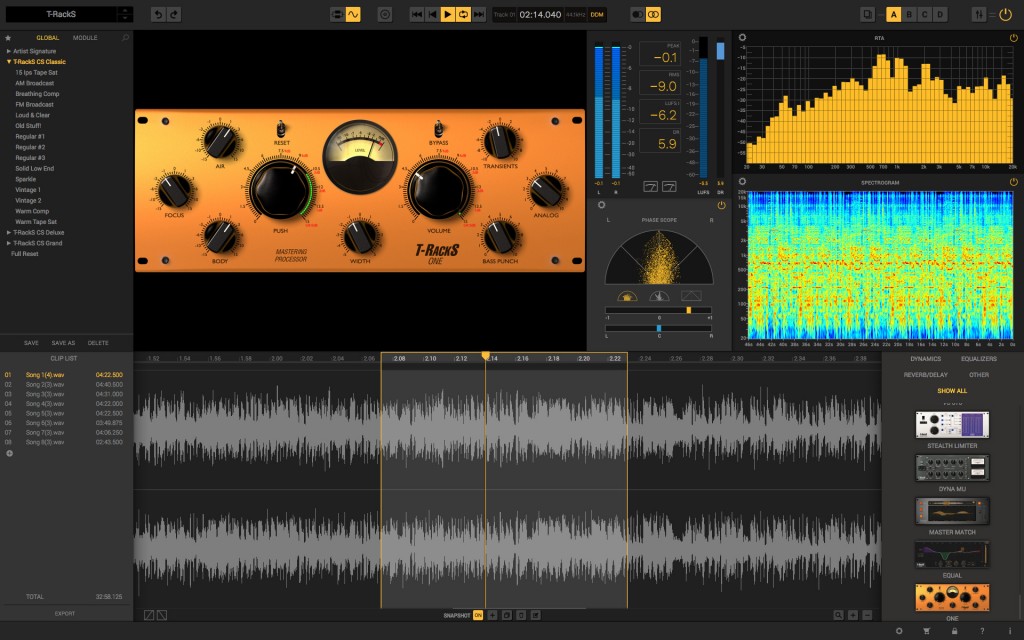
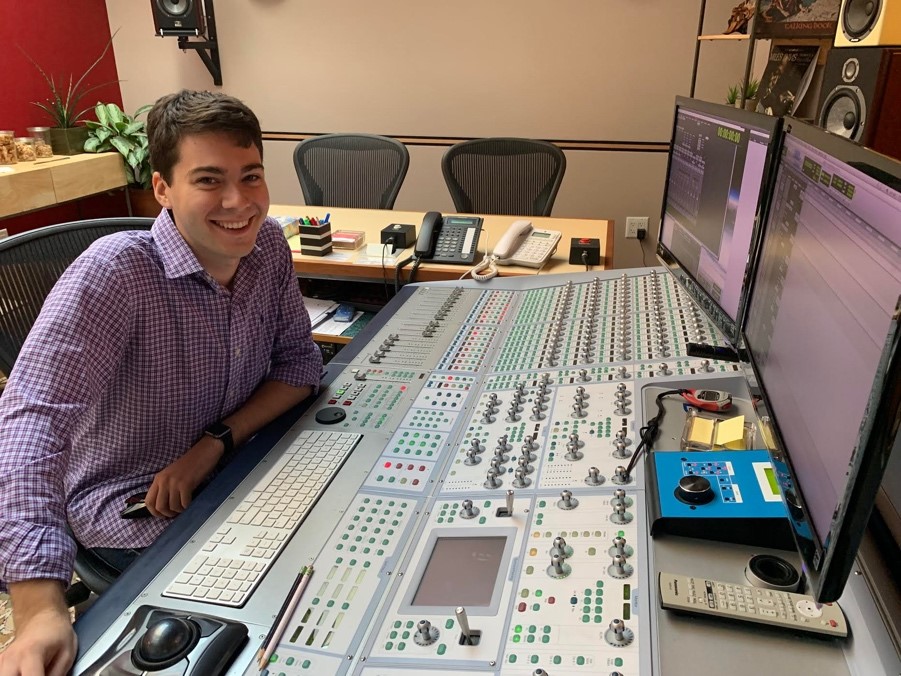
[…] I have to admit, as a podcaster I was at a bit of an advantage when the pandemic hit. My podcast has been recording remotely for Read more… […]